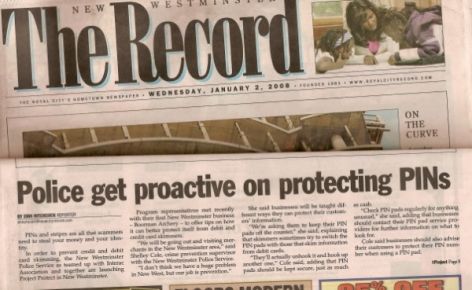Assonance
Assonance is the use of words that have the same or very similar vowel sounds near one another in a single phrase or sentences.
 assonance
assonance
noun
the resemblance of sound in words or syllables
the relatively close juxtaposition of similar sounds especially of vowels
the repetition of vowels without repetition of consonants, i.e. stony and holy, when they are used as an alternative to rhyme in verse – Merriam Webster
Assonance is a literary device used where the vowel sounds are repeated to create an internal rhyming within sentences or phrases. It is mainly used in verse to create a certain atmosphere or for effect. Assonance is the repetitive use of vowel sounds. It is related to alliteration which uses repetition of vowel and consonant sound. It is the opposite of consonance which is the repetitive use only of consonants or consonant sounds.
examples of assonance
“A long song.” This is where the ‘o’ sound is repeated in the last two words of the sentence)
How now, brown cow.
Newly cut the yew stuck, quivering, in the morning dew.
Zip-pi-dee-do-dah, zip-pi-dee-ay, My oh my, what a wonderful day! Walt Disney
If it doesn’t fit, you must acquit. Johnny Cochrane – the O.J. Simpson trial
“Fire at the private eye hired to pry in my business.” Eminem
The lyricists of the modern times give great importance to assonance in their songs. In this song from Nickelback, assonance is used in the first two lines of the song:
And in the air the fireflies
Our only light in paradise
We’ll show the world they were wrong
And teach them all to sing along
Assonance is very effectively used in poetry, and lot in rap music lyrics, along with alliteration and consonance. When a sound is repeated, it creates a pattern and hence the pleasure of recognition. In rhyme, the final sounds of words are repeated in successive sections. Assonance can be more subtle, creating patterns more surreptitiously and hence sneaking up on the conscious mind and perhaps adding the excitement of surprise.



















